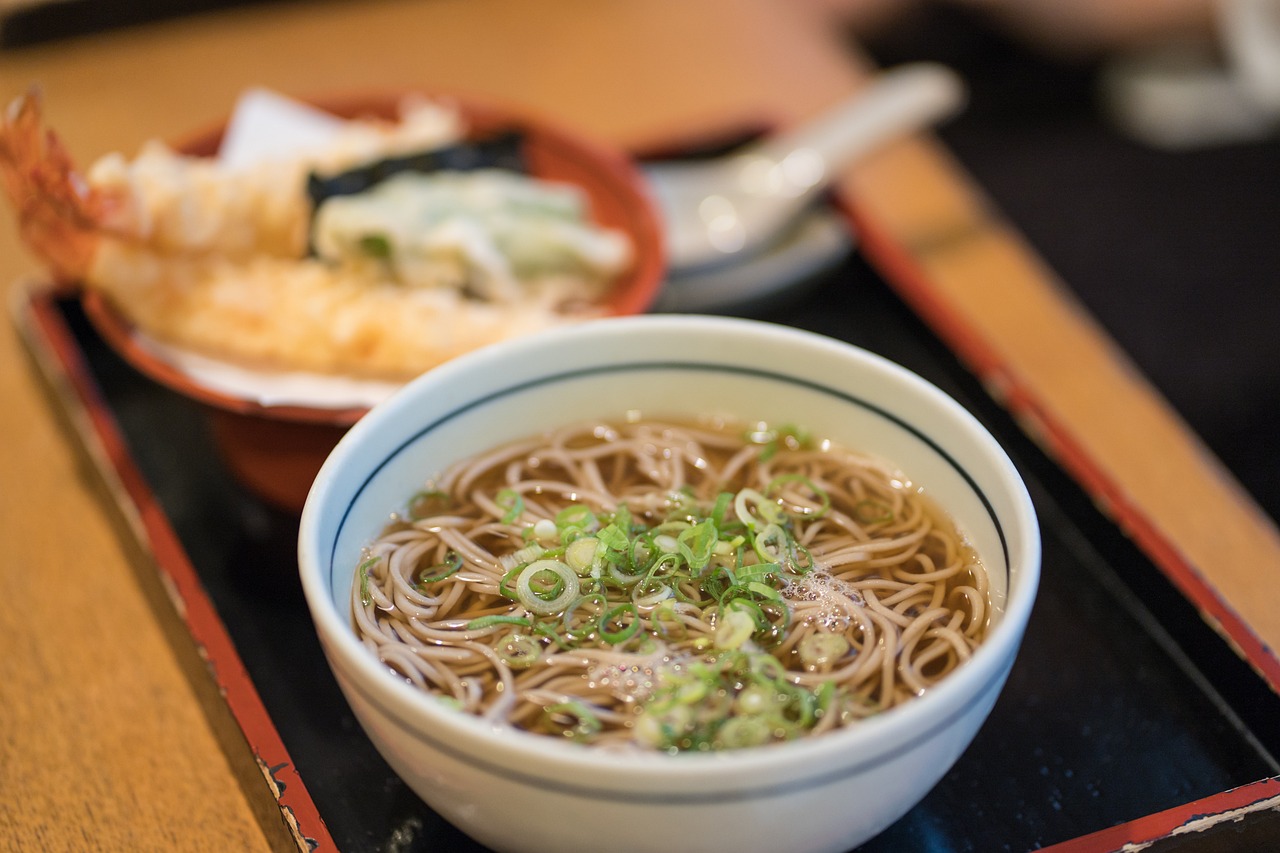The Science of Food Safety: Ensuring Quality and Hygiene in the Kitchen
Foodborne illnesses are caused by consuming contaminated food or beverages. These illnesses can range from mild stomach upset to severe and life-threatening conditions, depending on the type of pathogen involved. Symptoms of foodborne illnesses commonly include nausea, vomiting, diarrhea, abdominal pain, and fever.
The most common pathogens responsible for causing foodborne illnesses include bacteria like Salmonella, E. coli, and Campylobacter, as well as viruses such as norovirus and Hepatitis A. Contamination can occur during the production, processing, or preparation of food, highlighting the importance of proper food safety practices throughout the entire food supply chain.
• Foodborne illnesses are caused by consuming contaminated food or beverages.
• Symptoms of foodborne illnesses commonly include nausea, vomiting, diarrhea, abdominal pain, and fever.
• The most common pathogens responsible for causing foodborne illnesses include bacteria like Salmonella, E. coli, and Campylobacter.
• Contamination can occur during the production, processing, or preparation of food.
• Proper food safety practices throughout the entire food supply chain are crucial to prevent contamination and reduce the risk of foodborne illnesses.
Common Sources of Food Contamination
Food contamination can occur at various stages of the food production process. One common source is cross-contamination, where harmful bacteria are transferred from one food to another. This can happen when raw meat or poultry juices come into contact with ready-to-eat foods.
Another source of food contamination is improper handling and storage of food. Failure to store perishable items at the correct temperature can lead to the growth of harmful bacteria. Likewise, storing food in unsanitary conditions or using contaminated utensils can also result in foodborne illnesses.
Proper Food Storage Practices
To prevent food spoilage and reduce the risk of foodborne illnesses, it is essential to adhere to proper food storage practices. One fundamental step is to store perishable items such as meat, poultry, and dairy products in the refrigerator at or below 40°F (4°C). These cold temperatures help inhibit the growth of bacteria that can cause foodborne illnesses.
Additionally, storing dry goods like rice, pasta, and cereals in a cool, dry place away from heat sources can help extend their shelf life. It is important to keep these items in airtight containers to prevent pests and moisture from contaminating the food. By meticulously following these storage guidelines, you can ensure the safety and quality of your food products.
What are some common symptoms of foodborne illnesses?
Some common symptoms of foodborne illnesses include vomiting, diarrhea, stomach cramps, and fever.
How can I prevent food contamination in my kitchen?
To prevent food contamination, make sure to wash your hands before handling food, clean utensils and surfaces regularly, and avoid cross-contamination by using separate cutting boards for raw meat and produce.
How long can food be safely stored in the refrigerator?
It is recommended to safely store food in the refrigerator for 3-4 days, but it is always best to follow specific guidelines for each type of food.
What are some proper food storage practices to follow?
Proper food storage practices include keeping hot foods hot (above 140°F) and cold foods cold (below 40°F), storing raw meat on the bottom shelf of the refrigerator to prevent drips onto other foods, and using airtight containers to store leftovers.
How can I tell if food has gone bad?
Signs that food has gone bad include a strange odor, unusual color or texture, and the presence of mold. When in doubt, it is best to throw out the food to avoid foodborne illnesses.







